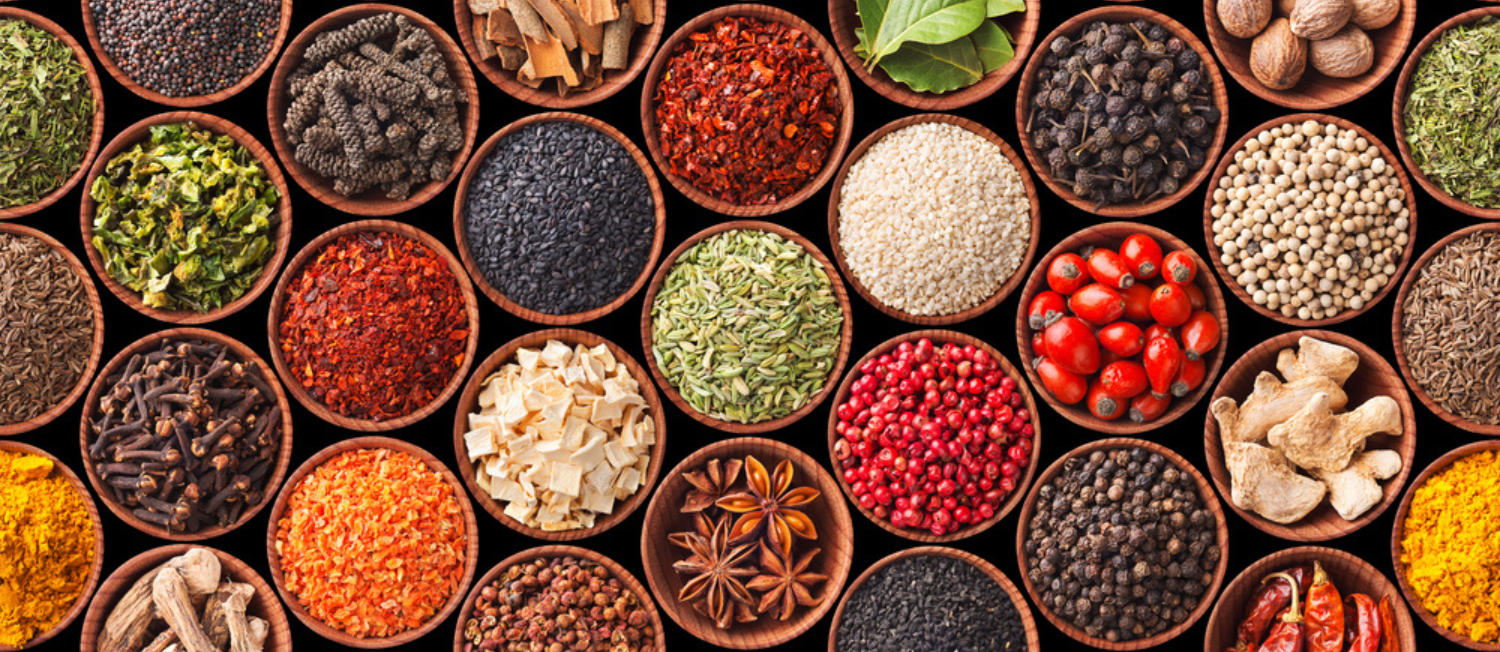Culturally Appropriate Foods
Culturally appropriate food itself can be understood a number of different ways, but generally refers to the acknowledgment that food must be considered within a cultural framework. Culturally appropriate food does not only refer to the food itself, but also holds space for the cultural practices around the preparation and consumption of the food, considering where, how, and with whom it is eaten. These factors all further contextualize what culturally appropriate food is, with the recognition, then, that different people have different appreciations for what is and is not culturally appropriate food.
Culturally appropriate food needs to be considered in food systems working towards food security for all. For example, this underscores the importance of bringing in culturally and diverse food into programs and spaces like food banks, nutrition education programs, school lunch programs, community gardens. This makes the procurement of culturally appropriate food potentially challenging and worthy of ample consideration, as it is dynamic, and what is “good” and culturally appropriate food for one person may not be good and culturally appropriate food for another. Working to understand and consider culturally appropriate food is necessary for food system initiatives geared towards ending food insecurity and increasing food sovereignty.
Resources & Tools
Centering and Celebrating Culture in Public Health
Story
-
 Original
Original
Brought to you by Community Commons
Native American Ethnobotany: A Database of Foods, Drugs, Dyes and Fibers of Native American Peoples, Derived from Plants
Resource - Data Bank/repository
Data & Metrics
Related Topics














